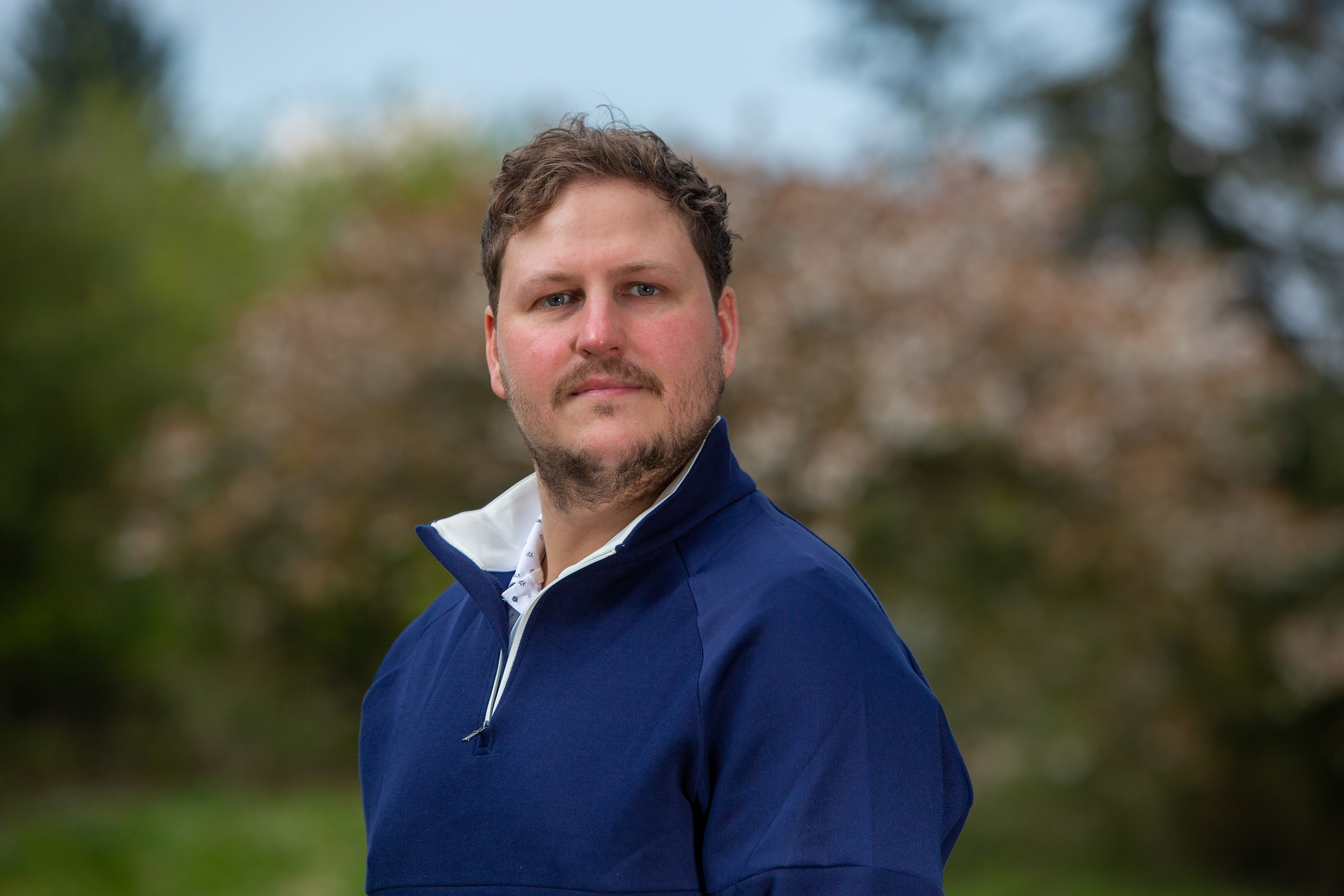'Doing Nothing Is Not An Option' – Martin Slumbers On Golf Ball Bifurcation Plans
R&A Chief Executive Martin Slumbers has spoken about the need to rein in hitting distances in the elite amateur and professional games


In March, the USGA and The R&A announced their intention to combat increased hitting distances in the elite amateur and professional games via golf ball bifurcation – a new model local rule due to come into existence in 2026.
In layman's terms, the game's governing bodies want to reduce hitting distances for the best in the world by introducing testing restrictions that would require new balls to be manufactured. However, this won't affect club and recreational golfers.
Competition organisers could choose to implement the local role, thereby requiring players to compete with golf balls that meet the new testing specifications.
The R&A and USGA believe the undeniable trend of increasing hitting distances in the elite game "threatens golf’s long-term sustainability and undermines the core principle that a broad and balanced set of playing skills should remain the primary determinant of success in golf."
Martin Slumbers, The R&A's Chief Executive, addressed the subject in an interview with Golf Monthly at the Asia-Pacific Amateur Championship.
"It has been more of a challenge to build consensus than I was expecting. But it’s our responsibility to care about the game in the longer term," he said.
"I think it’s unequivocal that the golf ball is being hit further in the last 20 years. I see no credible reason to expect that not to continue. There are only three options – we change the ball for the whole game, we bifurcate or create model local rules, or we do nothing. And doing nothing is not an option. So it’s one of the first two and we will be saying something in the not too distant future."
Subscribe to the Golf Monthly newsletter to stay up to date with all the latest tour news, equipment news, reviews, head-to-heads and buyer’s guides from our team of experienced experts.
"I think it’s an abdication of responsibility to say 'let’s do nothing with the golf ball and let’s just get everyone to change their golf courses'. What you do there is put more cost onto facilities that are increasingly under pressure.
"At The Open, Brian Harman was able to produce an extraordinary 72 holes of golf not being the longest hitter. To me, I enjoyed that, and that is what we’re trying to do with our equipment regulations. It shouldn’t be dominated by how far you hit the ball and that’s a little too important today."

Nick Bonfield joined Golf Monthly in 2012 after graduating from Exeter University and earning an NCTJ-accredited journalism diploma from News Associates in Wimbledon. He is responsible for managing production of the magazine, sub-editing, writing, commissioning and coordinating all features across print and online. Most of his online work is opinion-based and typically centres around the Majors and significant events in the global golfing calendar. Nick has been an avid golf fan since the age of ten and became obsessed with the professional game after watching Mike Weir and Shaun Micheel win The Masters and PGA Championship respectively in 2003. In his time with Golf Monthly, he's interviewed the likes of Rory McIlroy, Justin Rose, Jose Maria Olazabal, Henrik Stenson, Padraig Harrington, Lee Westwood and Billy Horschel and has ghost-written columns for Westwood, Wayne Riley, Matthew Southgate, Chris Wood and Eddie Pepperell. Nick is a 12-handicap golfer and his favourite courses include Old Head, Sunningdale New, Penha Longha, Valderrama and Bearwood Lakes. If you have a feature pitch for Nick, please email nick.bonfield@futurenet.com with 'Pitch' in the subject line. Nick is currently playing: Driver: TaylorMade M1 Fairway wood: TaylorMade RBZ Stage 2 Hybrid: Ping Crossover Irons (4-9): Nike Vapor Speed Wedges: Cleveland CBX Full Face, 56˚, Titleist Vokey SM4, 60˚ Putter: testing in progress! Ball: TaylorMade TP5x